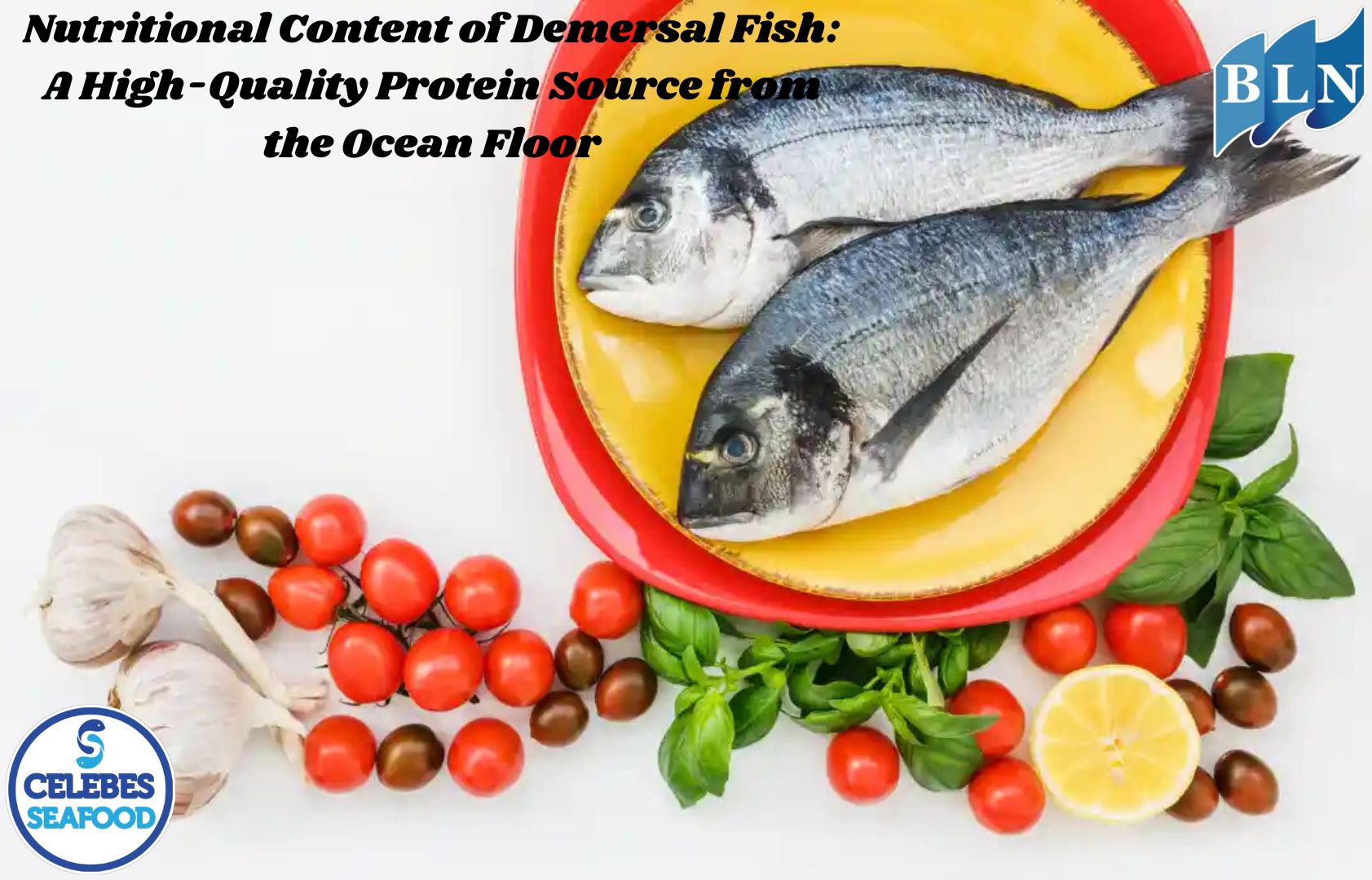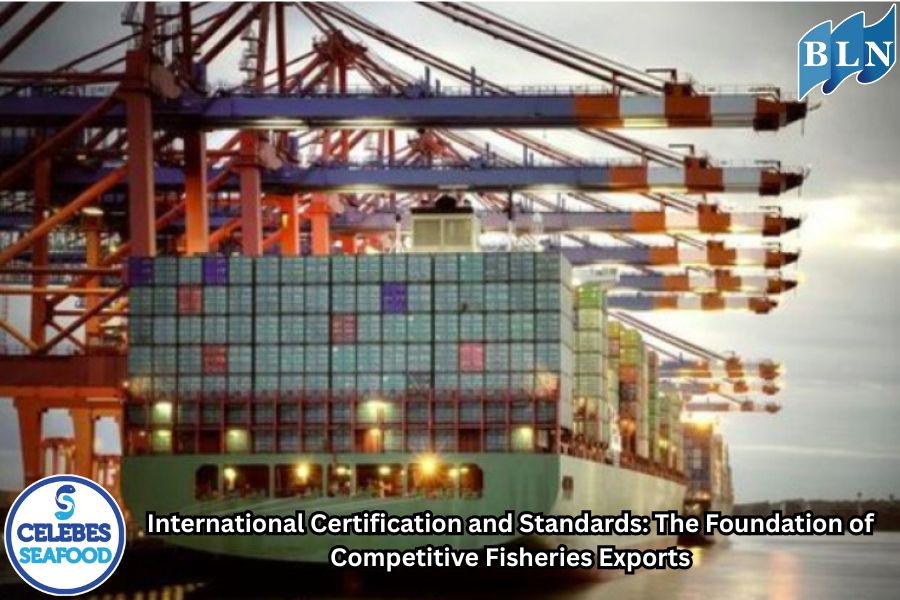Learn How Crawfish Farming Process Works
By. Nevanda - 31 Jul 2023
lautnusantara.com - Crawfish farming, also known as crawfish aquaculture or crawfish culture, involves the controlled cultivation of freshwater crayfish, particularly species like the red swamp crawfish (Procambarus clarkii) or the white river crawfish (Procambarus zonangulus). The farming process typically consists of the following stages:
1. Site Selection
Choose a suitable location for the crawfish farm. The site should have access to a consistent water supply and proper soil conditions, as well as good drainage to prevent waterlogging.
2. Pond Construction
Construct artificial ponds or impoundments for the crawfish to live and grow. These ponds should have appropriate dimensions, depths, and features that allow for the crawfish's natural habits and behaviors. They may be earthen ponds or lined with materials like plastic.
3. Water Management
Maintain water quality and levels within the ponds. Crawfish prefer muddy bottoms and need access to water even during dry periods. Managing water quality involves monitoring pH, dissolved oxygen levels, and controlling any pollutants.
Read also: 9 Advantages of Using Pond for Fish Farming
4. Stocking
Introduce juvenile crawfish into the ponds. These juvenile crawfish, also called crawfish seed or "plankton," are typically obtained from hatcheries.
5. Feeding
Provide appropriate feed to the crawfish to promote growth. Crawfish are omnivorous and feed on a variety of organic matter, including algae, aquatic plants, and small animals. Supplementary feed, like fish pellets, can also be used to enhance growth.
6. Habitat Management
Maintain the habitat within the ponds to support crawfish growth and survival. This involves ensuring there are adequate shelters (e.g., PVC pipes, logs) and substrate (e.g., mud or sand) for the crawfish to burrow and hide.
7. Water Quality Monitoring
Regularly monitor water quality parameters to ensure the crawfish have a healthy environment. Poor water quality can lead to stress and disease.
Read also: 6 Essential Nutrition Content in Lobster
8. Harvesting
When the crawfish reach marketable size, usually in 3 to 8 months depending on the species and environmental conditions, they are harvested. Harvesting can be done using traps or by draining the ponds partially.
9. Processing and Marketing
After harvesting, the crawfish are sorted, cleaned, and may be processed (e.g., cooked, frozen) before being sent to markets or buyers.
10. Overwintering
In regions with cold winters, crawfish farmers may need to manage the overwintering process. This can involve protecting the crawfish from freezing temperatures by lowering water levels in the ponds or using insulated covers.
Crawfish farming practices can vary depending on the specific species being cultured, local regulations, and the scale of the operation. Proper management practices are essential to ensure the sustainability and profitability of the crawfish farm.

.jpg)
 The Producers of Aquatic Ecosystems.jpg)


.jpg)
.jpg)
.jpg)
